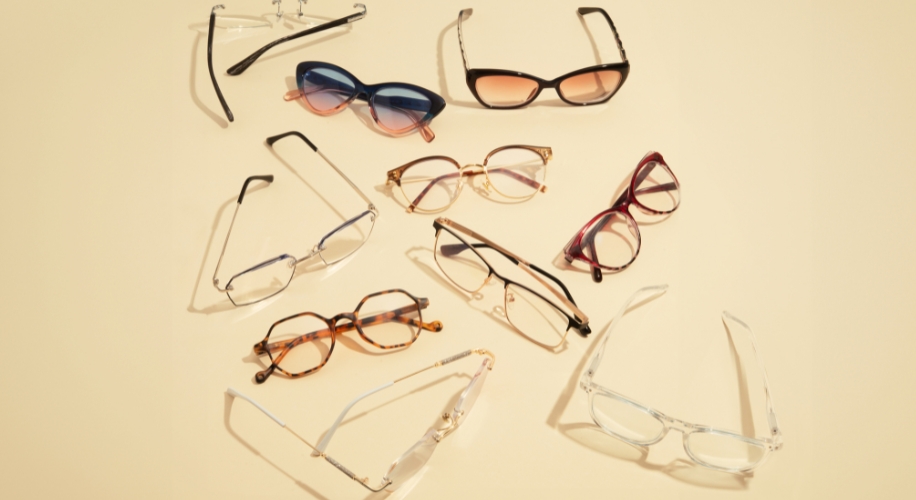Nearsighted vs Farsighted: Understanding the Difference
- BY Dr. Steven Liem
- IN Glasses

While both involve issues with visual clarity, nearsightedness and farsightedness are distinct conditions that have different impacts on your vision. Having a clear understanding of these conditions helps you make the best choices for your eye health, ensuring that you get the most suitable eyewear for your specific needs.
Nearsightedness Explained
Nearsightedness, also known as myopia, is a common vision condition where objects nearby are seen clearly, but objects farther away appear blurry. This happens when the eye grows too long from front to back or the cornea is excessively curved. Consequently, light entering the eye isn’t focused correctly, and distant objects look blurred. Some common signs of nearsightedness include:
- Difficulty seeing distant objects, such as road signs or chalkboards
- Squinting or closing the eyelids to see clearly
- Headaches caused by eye strain
To correct nearsightedness, specific eyewear like corrective glasses or contact lenses are typically prescribed. These work by redirecting light rays to focus on the retina rather than in front of it.
Understanding Farsightedness

On the other hand, farsightedness, or hyperopia, is a condition where distant objects are visible, but close ones are not. This happens when the eye is too short from front to back, causing light to focus behind the retina instead of directly on it. Some of the common signs include:
- Difficulty focusing on close objects
- Squinting to see clearly
- Eye strain or discomfort after prolonged close-up tasks, such as reading
Like nearsightedness, farsightedness can be corrected with appropriate eyeglasses or contact lenses. These help adjust the way light enters and is focused in the eye, ensuring that it lands directly on the retina for clearer vision.
Nearsighted vs Farsighted: Choosing the Right Solution
Whether you’re nearsighted or farsighted, the key to managing these conditions is getting a comprehensive eye examination. This will determine the degree of your myopia or hyperopia and the best corrective options for your needs. When it comes to eyewear, it’s essential to choose lenses that provide not just clear vision, but also comfort and style. At Zenni, we offer a wide range of eyeglasses that cater to different vision needs, ensuring that each person finds the perfect pair.
With a variety of styles, materials, and lens options, there’s something for everyone. Whether you prefer the convenience of contact lenses or the fashion statement of eyeglasses, remember to prioritize your eye health, and schedule regular check-ups with your optometrist. After all, clear vision is an essential part of experiencing life’s most beautiful moments.

